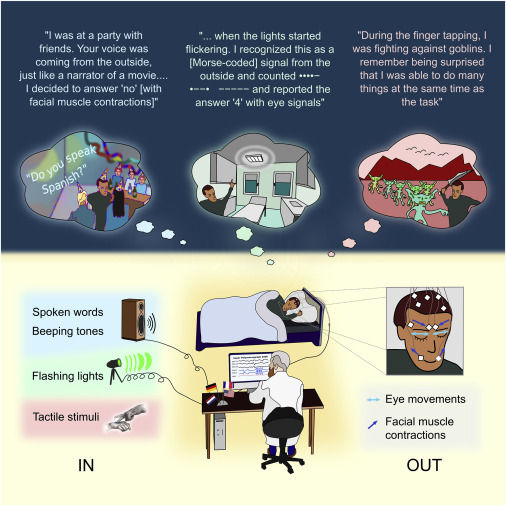Surprising Sleep Study Finds Lucid Dreamers Can 'Talk' With Scientists
A study recently published in the journal Current Biology has revealed that sleeping people, when in a lucid dreaming state, can communicate with scientists, including answering questions. The findings add to the mystery of consciousness and dreaming, bridging the real world and hallucinatory dream state while surprising researchers.
The dreaming state is one that, typically speaking, places one unwittingly into a strange, often inconsistent environment for reasons that still aren't clear. While most people aren't aware that they're dreaming while in that state, some people are able to lucid dream — that is, to remain aware of the fact that they're dreaming while asleep.
It is in that lucid state that dreamers were able to communicate with scientists in the new study — doing so while they were fully asleep. The study involved 36 individuals who were in REM sleep verified polysomnographically; the participants were a mix of people with minimal to frequent lucid dreaming experiences.

The participants, while in a lucid dreaming state, were presented with simple questions like arithmetic problems and yes/no questions. Responses from the sleeping participants were given in real-time in the form of facial and eye movements. Multiple techniques were used to communicate with the sleeping participants across four separate experiments, including beeps, taps, light flashes, and audible questions.

Electrodes were used to pick up on the facial and eye movement responses, facilitating a unique type of two-way communication between waking and sleeping adults. Not every participant was able to communicate in this way, however, with only six of the 36 participants achieving this two-way communication. The ways in which the participants perceived the messages in the dream state were varied and, typical of dreams, usually in the context of other activities.
